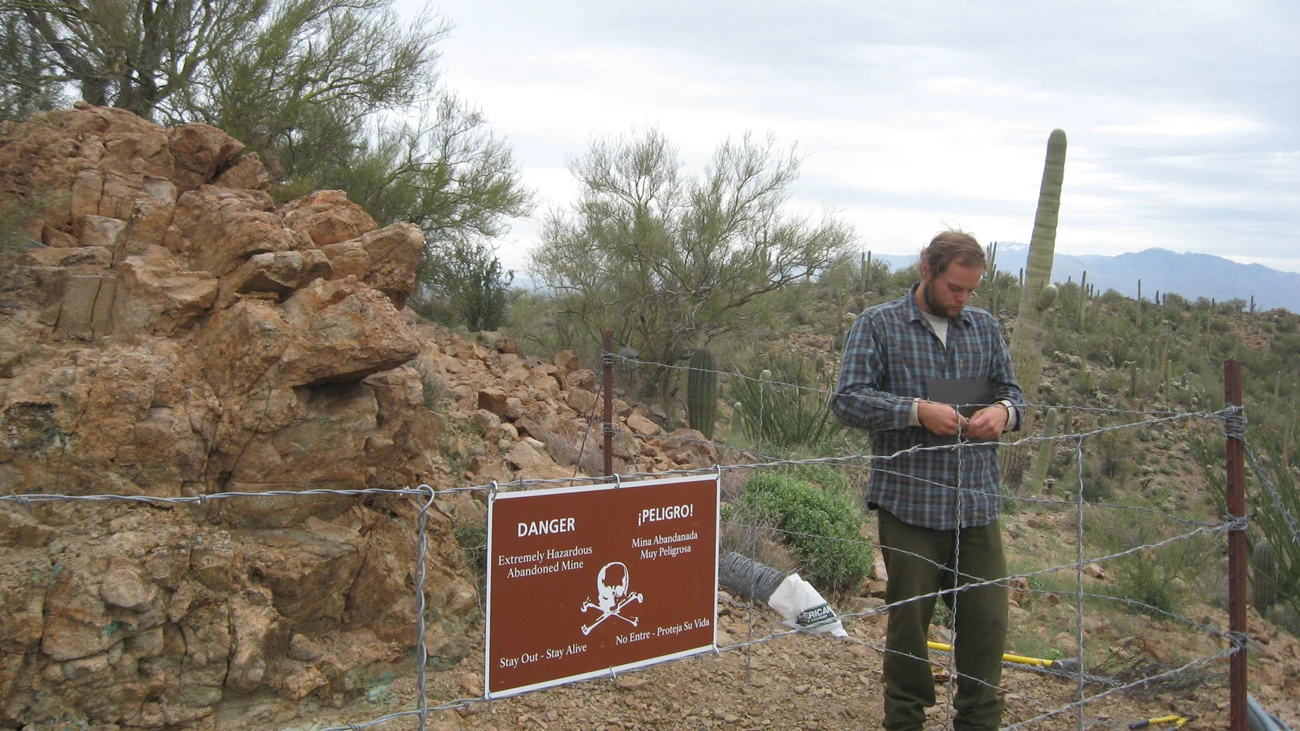
National Park, Arizona.
Hazards of Abandoned Mineral Lands
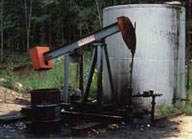
NPS photo
Stay Out and Stay Alive!
Occasionally, adventurous people enter abandoned mines and wells. Some are injured or do not make it out because they fell victim to one or more of the many hazards associated with abandoned mineral sites.
Water Hazards
Many abandoned mines become flooded. The most common cause of death in abandoned mines nationally is drowning in water-filled quarries and pits due to the presence of rock ledges, old machinery, and other hazards that may be hidden beneath the water's surface. The water can be deceptively deep and dangerously cold;and steep, unstable, slippery walls make exiting these features extremely difficult. In underground mines, shallow water can conceal sharp objects, drop-offs, and other hazards.
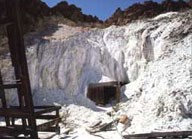
NPS photo
Deadly Gases and Oxygen Deficiency
Lethal concentrations of carbon monoxide, carbon dioxide, methane, hydrogen sulfide, and other gasses can accumulate in underground passages. Pockets of still air with extremely low oxygen levels can be encountered. By the time persons feel ill, they are no longer able to react.
Cave-Ins
Mines can cave in at any time! The effects of blasting and weathering destabilize once-competent bedrock through time.
Unsafe Structures
Support timbers, ladders, cabins, pump jacks, tanks, and other related structures may seem safe but can easily crumble under a person's weight. Do not be fooled by appearances!
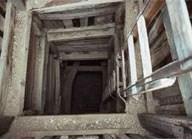
NPS photo
Unstable Explosives
Unused or misfired explosives are deadly. Because old explosives become unstable, minimal vibrations from a touch or footfall can trigger an explosion.
Highwalls
The vertical and near-vertical edges of open pits and quarries are called "highwalls." These highwalls can be unstable and prone to collapse. Do not climb near or on highwalls.
Pits
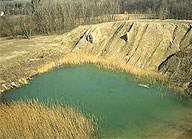
NPS photo
Radioactivity
Designed for the Short-Term
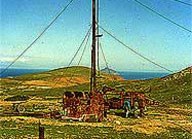
NPS photo
Mines Are Not Caves
Caves are formed naturally over thousands or even millions of years. Mines, in contrast, are developed in a comparatively short time, often in inherently unstable structures such as faults, through blasting, which fractures and destabilizes the wall and roof rocks. Most underground mines do not have natural ventilation and consequently can have lethal air traps. Even experienced cavers can die exploring mines.
Rescues
Underground mine rescues are extremely hazardous. Mine rescue teams, despite their extensive training, are at significant risk every time they enter an abandoned mine. When people decide to enter an abandoned mine, they not only risk their own life, but the lives of those who might be called to rescue them when they get lost or injured underground. The tragic and unfortunate reality is that many mine rescues turn into body recoveries.
Safety Reminders
Planning Saves Lives
When you are planning your visit to a park site, take the time to learn about the geologic hazards that you may encounter. In areas of known hazards, there may be hazard maps available on the park's website or you can request information at the visitor center. It is recommended that you and your travel companions become familiar with the hazards, possible escape routes, first aid facilities, shelters, and emergency contacts for each area that you plan to visit. Inform someone of where you're going and when you plan to return.
Natural Systems at Work
Natural processes can cause hazardous conditions at any time, even in "safe" areas where no incidents have been observed previously. Always be observant of the conditions around you and be prepared to respond to hazardous situations that may arise.
Reduce Exposure
Your safety is your responsibility—it depends on your own good judgment. You can reduce your exposure to geohazards by limiting the time you spend in areas where potential danger is high. Examples of good safety practices include:
-
Stay on the trail.
-
Stay back from cliff edges.
-
Obey posted warnings.
Related Links
Last updated: October 28, 2022
